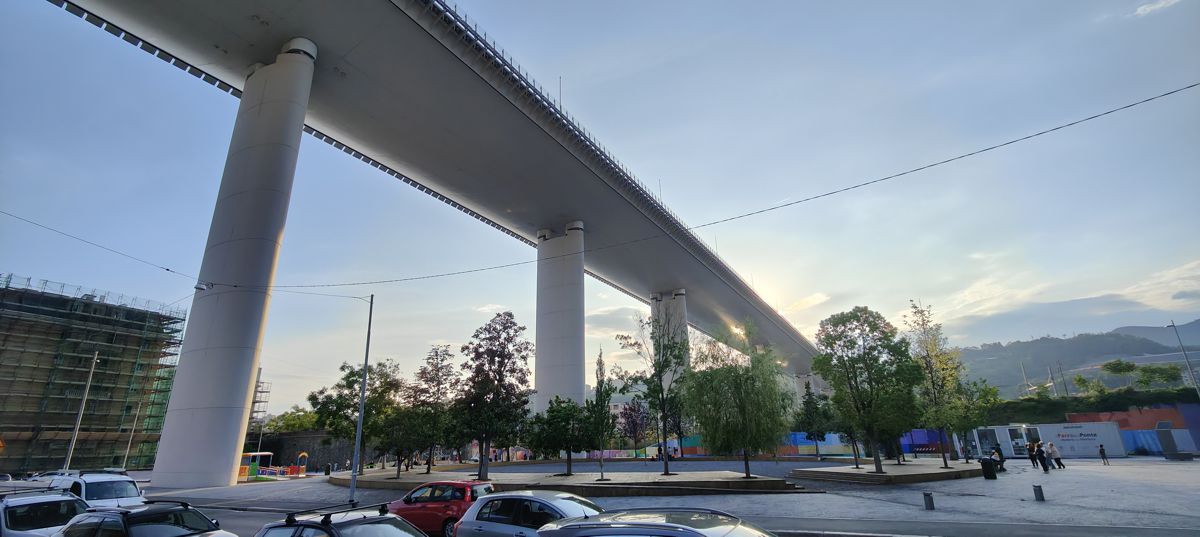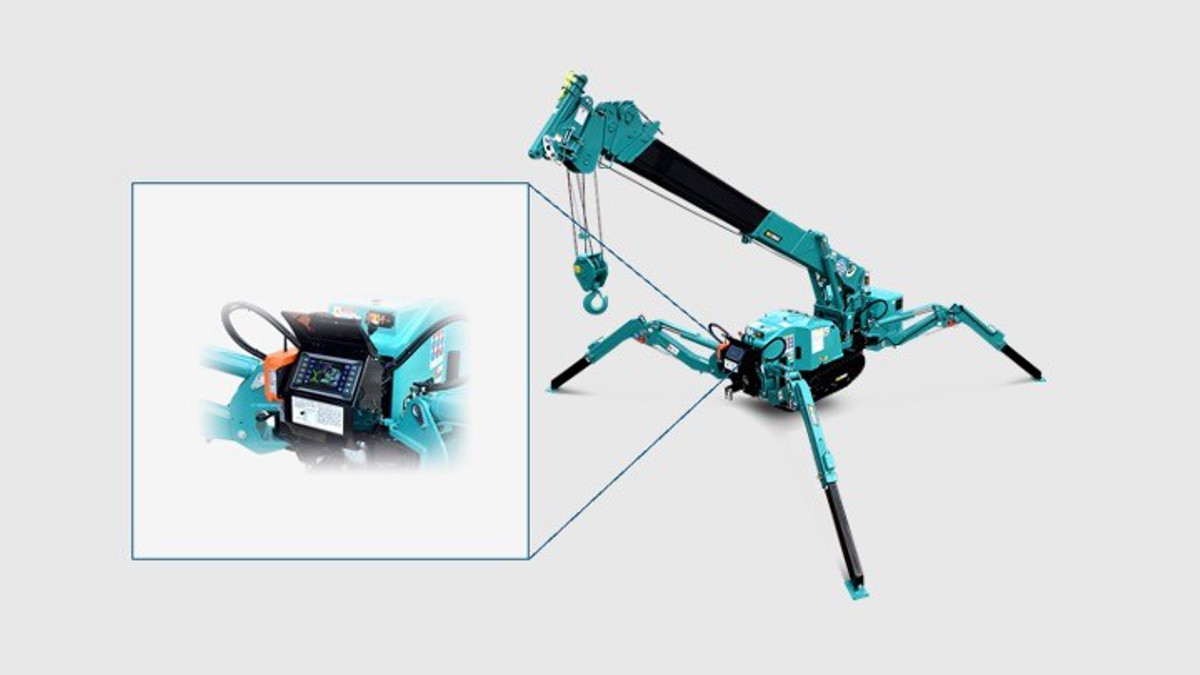Clearview Intelligence celebrates Brake Award nomination for safety innovation
Clearview Intelligence has long been an active supporter of Brake, the road safety charity, so was were delighted to learn that they are finalists in the Brake Fleet Safety Awards 2017 for the Innovation category.
Clearview believe that innovative and infrastructure-based technology solutions will make the necessary immediate incremental improvements to road infrastructure, ensuring a continued positive impact on driver safety and education.
Their entry to the Brake Fleet Safety Awards focused on the unique intelligent road stud scheme that they installed on the Sheriffhall Roundabout on the A720 near Edinburgh. Working in partnership with Transport Scotland, BEAR (Scotland) and Amey, the innovative solution is a ‘first of its kind’ approach to reducing lane transgression on a multi-lane spiral roundabout, synchronising the traffic signals green light phase with the illumination of intelligent road studs mapping out the correct lanes for traffic crossing the roundabout from the major route arms.
Independent evaluation of the scheme by researchers from the Transport Research Institute at Edinburgh Napier University found a reduction in lane transgression activity across nearly all vehicle types and manoeuvres. The study has concluded that the intelligent road stud scheme has a significant positive impact on collision risk at the roundabout through reduced lane transgressions, meaning less congestion and fewer accidents.
The Brake Fleet Safety Awards recognises organisations for their contribution to improving the safety of at-work drivers. A recent study by TomTom Telematics across 400 UK businesses found that 60% of respondents said staff members had been involved in road traffic accidents while on business duty, with 78% claiming this resulted in lost productivity due to injury or time off work.
Whilst the onus is on businesses to supply company drivers with the right tools, education and information to drive safely for business purposes (and at all other times), intelligent transport solution providers, such as those made by Clearview, can certainly help improve the infrastructure of our roads to make journeys better and safer for all road users, including fleet-based businesses.
The UK Government committed itself to addressing the causes of deaths and injuries in its British Road Safety Statement, ‘Working together to build a safer road system’, and adopting a “safe systems” approach to reducing road deaths and injuries. This means making improvements to the road infrastructure, as well as vehicles and vehicle speeds to mitigate the chance of death and injury.
Clearly, in the long-term, the advent of connected and autonomous vehicles and in car systems, such as intelligent speed assistance (ISA), will create significant opportunities for safer roads and more flexible individual transport.
As envisaged in a ‘Future of Highways’ report by Arup, in-car systems will eventually be able to communicate with each other to avoid collisions and automatically take over braking or steering if they sense an imminent accident or a change in the alertness of the driver. In a study for the Society of Motor Manufacturers and Traders (SMMT), KPMG estimated that increased connection and autonomy have the potential to prevent up to 2,500 fatalities and 25,000 injuries between 2014 and 2030.
However, it will take some years for such technology to trickle down from premium cars to the mass market and there is unlikely to be a requirement to retro-fit such innovations in older vehicles, even if a regulatory approach is adopted by the UK.
Clearview’s infrastructure-based vehicle activated speed warning systems offer a more immediate solution to the challenge of managing speed and influencing driver behaviour, allowing road operators to focus on the most dangerous sections, and stretches where varying speed limits can cause confusion to drivers.
Another example of how infrastructure based schemes can help to improve road safety through the provision of better information to drivers is the vehicle activated, dynamic speed warning system which was recently designed and installed at six locations on the busy A75 Stranraer to Gretna Green route.
Speed limits along the route vary by location and vehicle type so the vehicle activated signs display the appropriate speed limit warning for the passing vehicle. This serves as a highly visible and immediate reminder to drivers to monitor and manage their speeds appropriately, allowing the focus of resources to be on deterring speed infringement in the first place.
There is an increasingly strong interest in junction safety and speed awareness systems, from both Local Authorities and other road operators who are keen to improve the local infrastructure and reduce casualties.
















